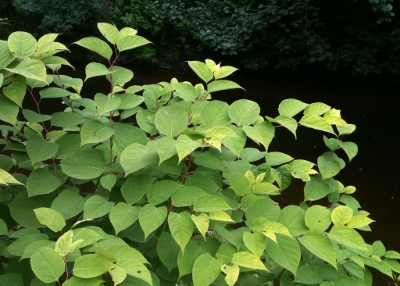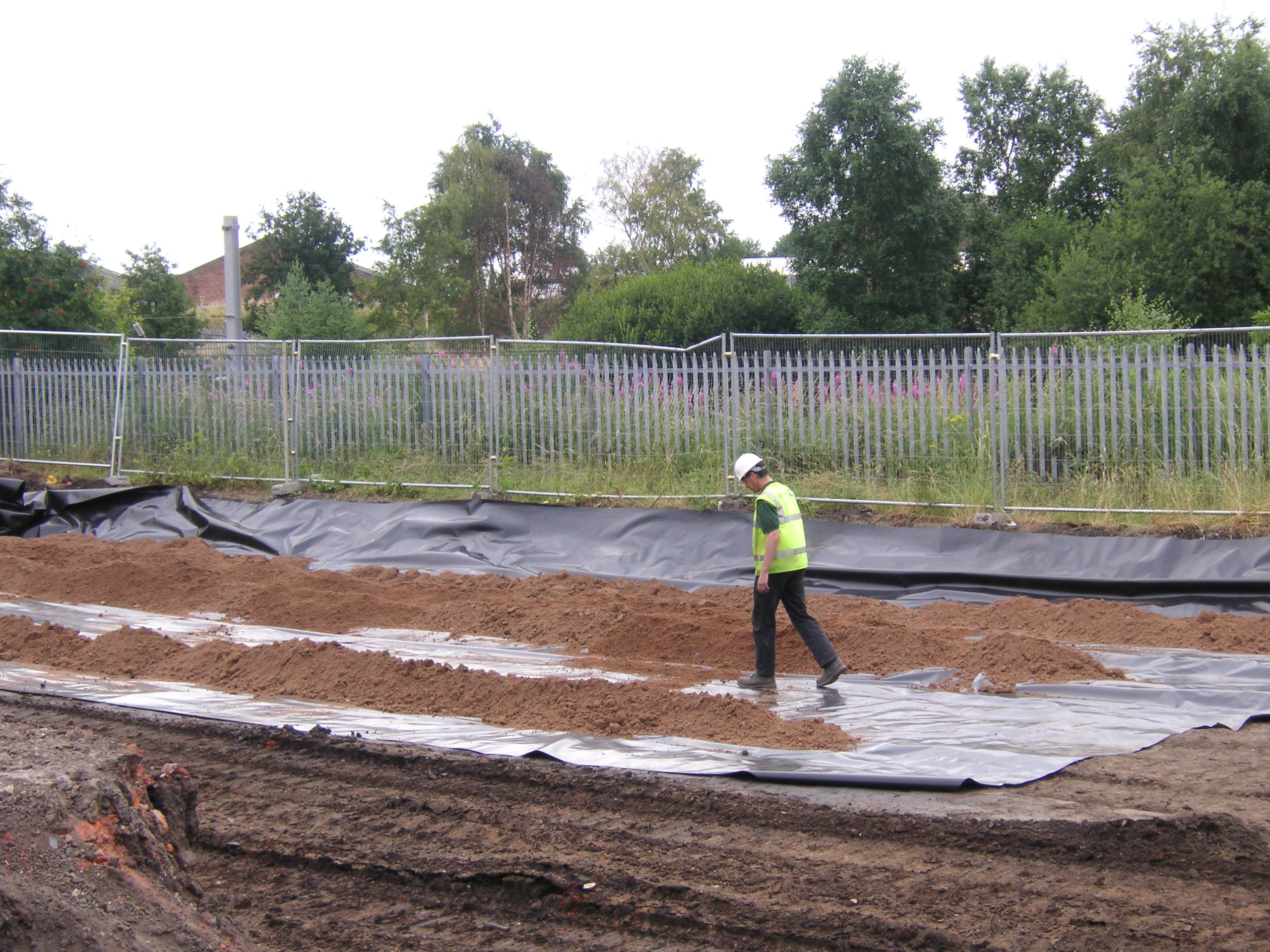What time of year does Japanese knotweed grow?
09-12-2019
Last updated 07-03-2023
Japanese knotweed is a herbaceous perennial, with small shoots appearing in spring that readily grow to several metres in height by the end of summer before dying back towards the end of autumn, ready to grow again in the following spring. With winter fast approaching, Japanese knotweed infestations are looking a little different to the better known stands of bright green leaves and white clustered flowers typical in summer. Identifying this invasive species is still important because no matter how dead the canes, cutting and disturbing them can lead to the spread of the plant, ready for continued growth in spring.
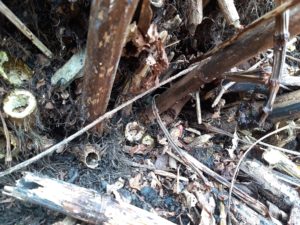
Growth pattern and identification in spring
During early spring, around April to May, Japanese knotweed crown buds and shoots start to appear. There are reports that climate change is starting to affect the growth of knotweed, enabling the plant to emerge earlier in the year due to warmer springs. The crown buds appearing during the spring are bright pink to red, approximately 1-3cm in diameter. These can grow up to 2cm a day into asparagus-like spears with pronounced, regular nodes. At this time of year, infant plants can be confused with plants that look similar to Japanese knotweed.
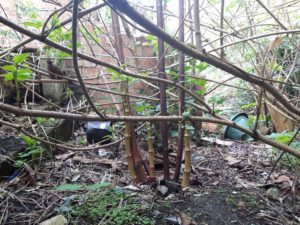
Identification throughout autumn and winter
Throughout the autumn, knotweed leaves will start to yellow and fall to the ground. During this time, the stems will redden to an almost crimson colouring, indicating that they are about to shed their leaves. When winter sets in and the weather turns cold enough, the leaves fall and the shoots die back to leave dead, straw coloured, hollow stalks. These stalks can look a lot like dead bamboo as the nodes are still clearly visible. Follow this link for more information about identifying Japanese Knotweed at any time of the year.
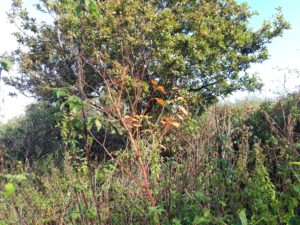
What to do during winter?
If you are undertaking any activities near dead knotweed canes in winter, or plan on cutting them down, you may want to reconsider. Breaking the canes or cutting them too near to the knotweed crowns (stools of aboveground rhizome mass from where clumps of shoots emerge) risks breaking off a part of the crown which is attached to the underground rhizome network. Not only can this trigger new growth, it can lead to new knotweed areas appearing in your property if the fragments are not correctly handled or disposed of.
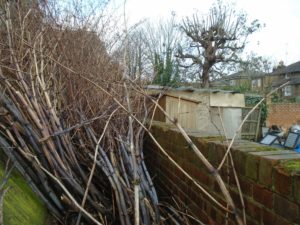
It is often quoted that a knotweed rhizome fragment weighing as little as 0.7g can produce a new plant, so biosecurity measures are extremely important to implement. If cutting the dead canes is unavoidable, then make sure the cut is at least 10cm above the crown of the knotweed stem before redepositing them onto the previous knotweed area. Alternatively, if you choose to burn the knotweed (providing local by-laws allow), then you will need to scrape up all arising material and again deposit it back onto the previous knotweed area. Also, remember to clean your boots and any used tools when leaving the knotweed area to make sure you are not transporting any rhizome fragments across your garden.
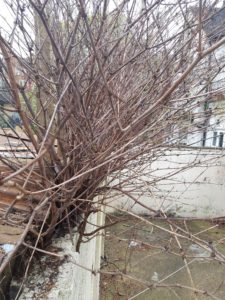
Japanese knotweed removal within winter
Although standard herbicide treatment of knotweed is not viable in the winter due to the absence of leaf cover, it is still possible to dig the crowns and rhizome network out. This option is the only way to practically remove the risk of knotweed affecting a property. Although this will result in a large volume of waste being produced, which can be expensive to dispose of, many see excavation as the preferred method to return their land to a knotweed-free state as soon as practically possible. Follow this link for more information on Japanese knotweed removal.
Please don’t hesitate to contact us, any time of year, if you are concerned about Japanese knotweed affecting your property.

